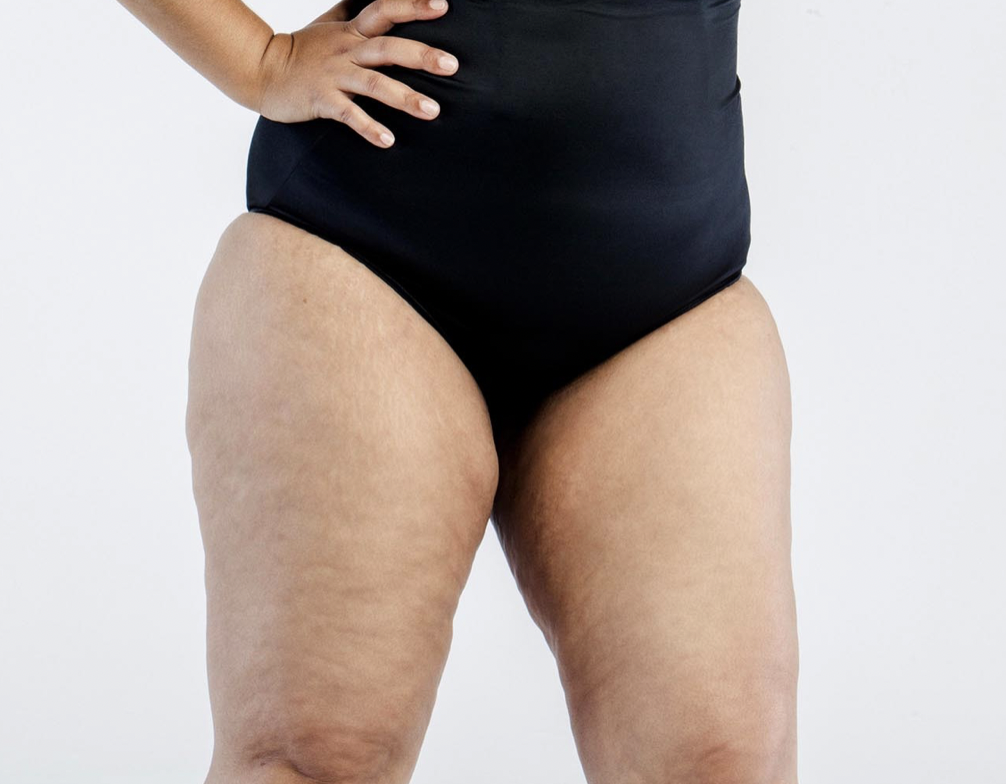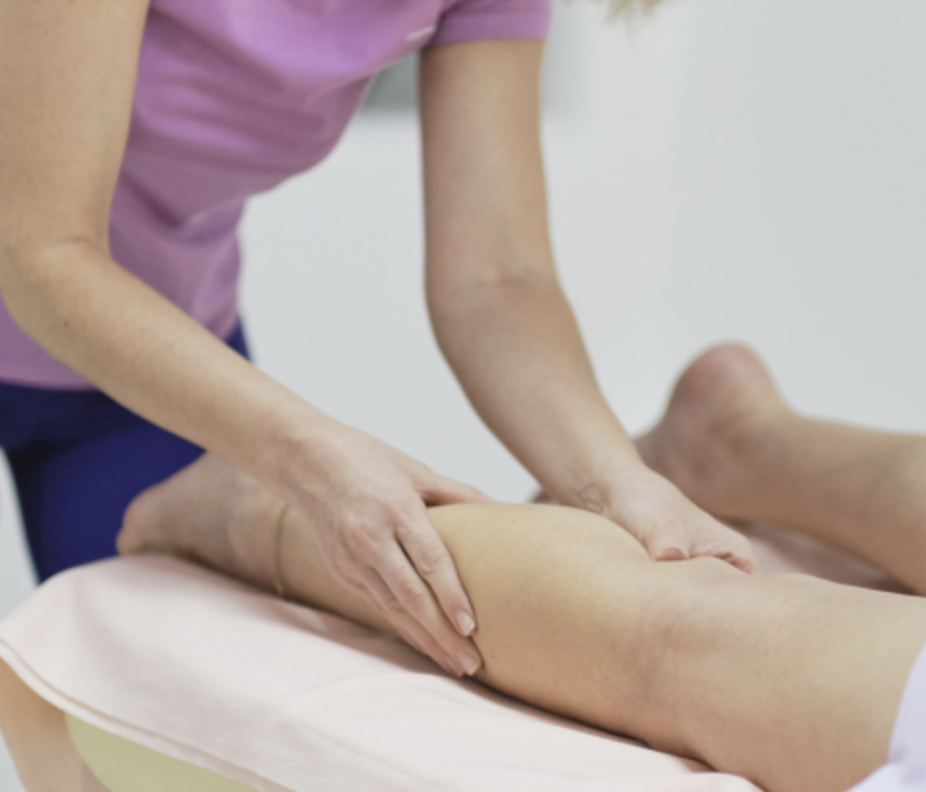Lipedema, often referred to as the ‘painful fat syndrome’, is a progressive condition that is often misdiagnosed for obesity and Lymphedema. However, distinguishing Lipedema from other conditions is crucial to getting appropriate care and managing the symptoms of Lipedema effectively. This blog explores the key indicators and diagnostic processes to help you determine if you might have Lipedema.
Understanding Lipedema
Lipedema is characterised by an abnormal accumulation of fat in the lower body, and sometimes arms, which does not significantly reduce with diet and exercise. It predominantly affects women and can lead to pain, swelling, and in the later stages mobility issues. Recognising the signs early can lead to more effective management strategies and improved quality of life for sufferers.
Key Indicators of Lipedema
Symmetrical Fat Distribution:
- Lipedema fat usually accumulates symmetrically on both sides of the body, primarily affecting the legs and, in some cases, the arms, while sparing the feet and hands, creating a ‘cuff’ effect around the ankles and wrists.
Pain and Tenderness:
- One of the hallmark symptoms of Lipedema is a pain and sensitivity in the affected areas. The fat deposits may feel tender to the touch, bruise easily, and cause discomfort unlike ‘regular’ fat.
Diet and Exercise Resistance:
- Unlike typical fat, Lipedema fat does not respond well to diet and exercise. People with Lipedema may lose weight from other parts of their body but see little to no change in the areas affected by Lipedema.
Texture Changes:
- The affected areas may exhibit a unique texture, feeling soft and doughy or, in the advanced stages, hard and nodular due to fibrosis. This dimpled Lipedema texture is often mistaken for cellulite.

Mobility Issues:
- As Lipedema progresses, the excessive fat accumulation can lead to mobility issues, making it difficult to walk, exercise or stand for long periods.
Diagnosing Lipedema
If you suspect you have Lipedema based on these indicators, the next step is to get an official Lipedema diagnosis from a healthcare provider specialised in the condition. Unfortunately, there is no single test for Lipedema; instead, diagnosis is typically made through a combination of clinical evaluation, patient history, and, in some cases, imaging studies to rule out other conditions like Lymphedema.
Clinical Evaluation:
- A healthcare provider will examine the physical characteristics of the fat deposits, check for Lipedema related pain and tenderness, and assess the symmetry of fat distribution.
Patient History:
- Discussing your medical history, including weight changes, diet and exercise habits, and family history of similar symptoms, can provide valuable insights.
Imaging Studies:
- While not always necessary, imaging studies like lymphoscintigraphy or MRI may be used to exclude other conditions, such as Lymphedema.
Treatment and Management
While there is currently no cure for Lipedema, early diagnosis and consequent treatment can significantly reduce symptoms and prevent progression. Treatment options include manual lymphatic drainage massages, compression therapy, low-impact exercise for Lipedema, and, in some cases, specialised liposuction to remove Lipedema fat.
So, How Do You Know if You Have Lipedema?
Understanding the signs of Lipedema is the first step towards getting the correct diagnosis and treatment. If you recognise some of the indicators in yourself, consult a healthcare provider who is knowledgeable about Lipedema. In the UK, the easiest route is to ask your GP to be referred to a vascular or Lymphedema specialist.
With the right management strategies, it’s possible to live a fuller, less painful life despite this condition. Lipedema awareness and education are key to improving outcomes for sufferers, highlighting the importance of spreading knowledge about this often-misunderstood condition.
Disclaimer: My blogs talk about Lipedema, diet, surgery and much more. I’m talking from my point of view to help women, and remind them they are not alone. I am not a medical professional, so the content above is from my own perspective with research I have done into the topic. It’s not meant as medical advice, you should always consult your doctor or a specialist for both your diagnosis, and a treatment plan.

